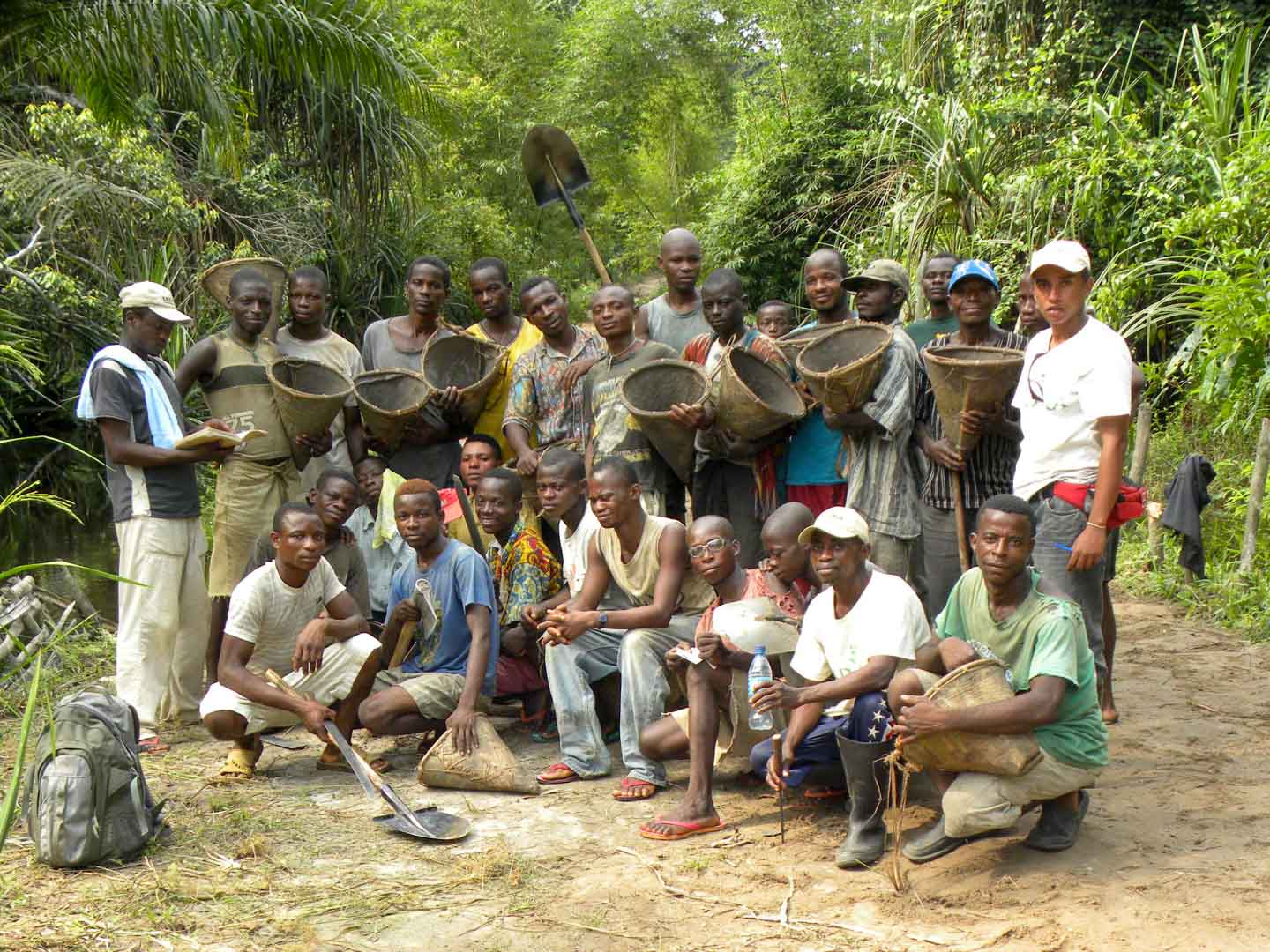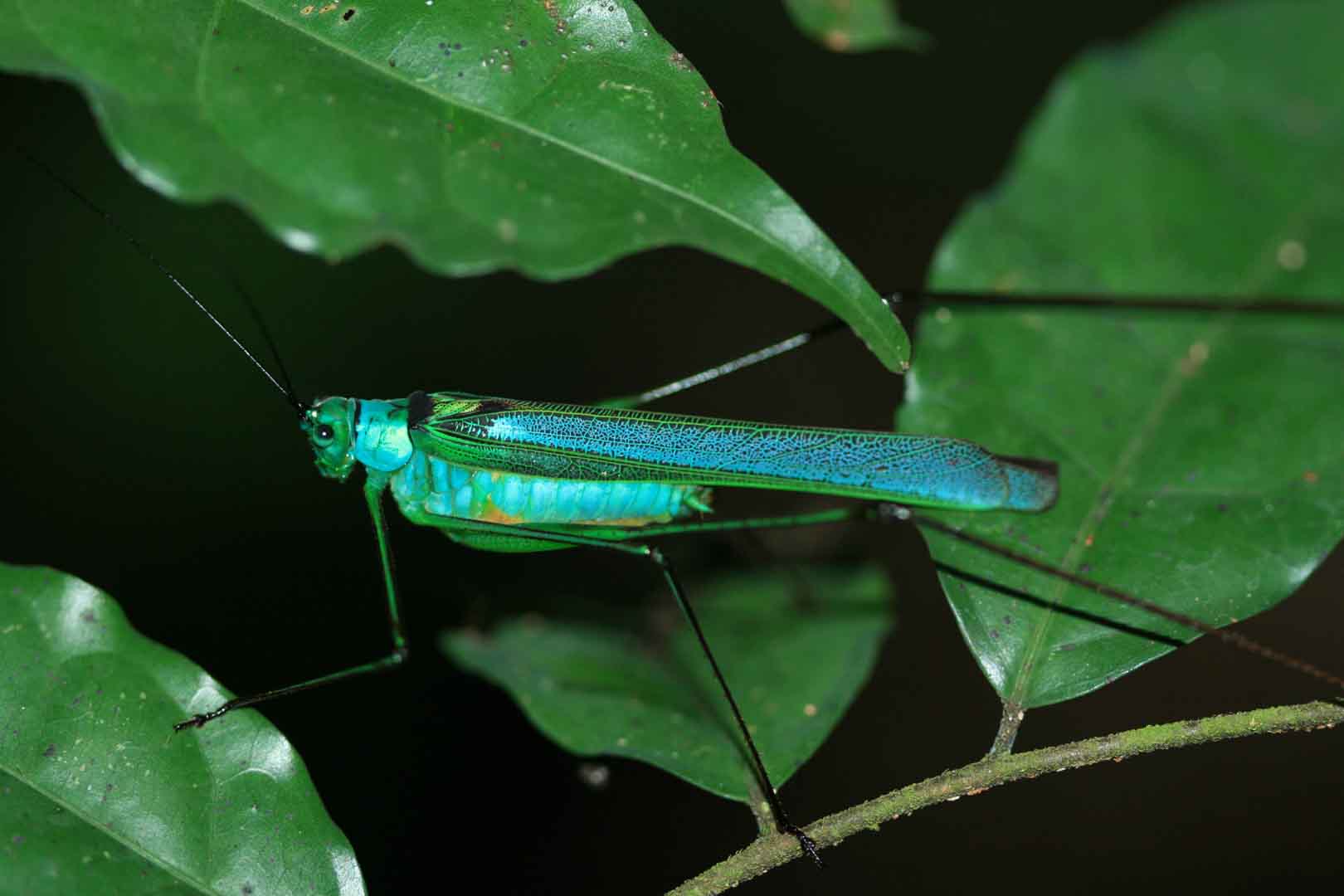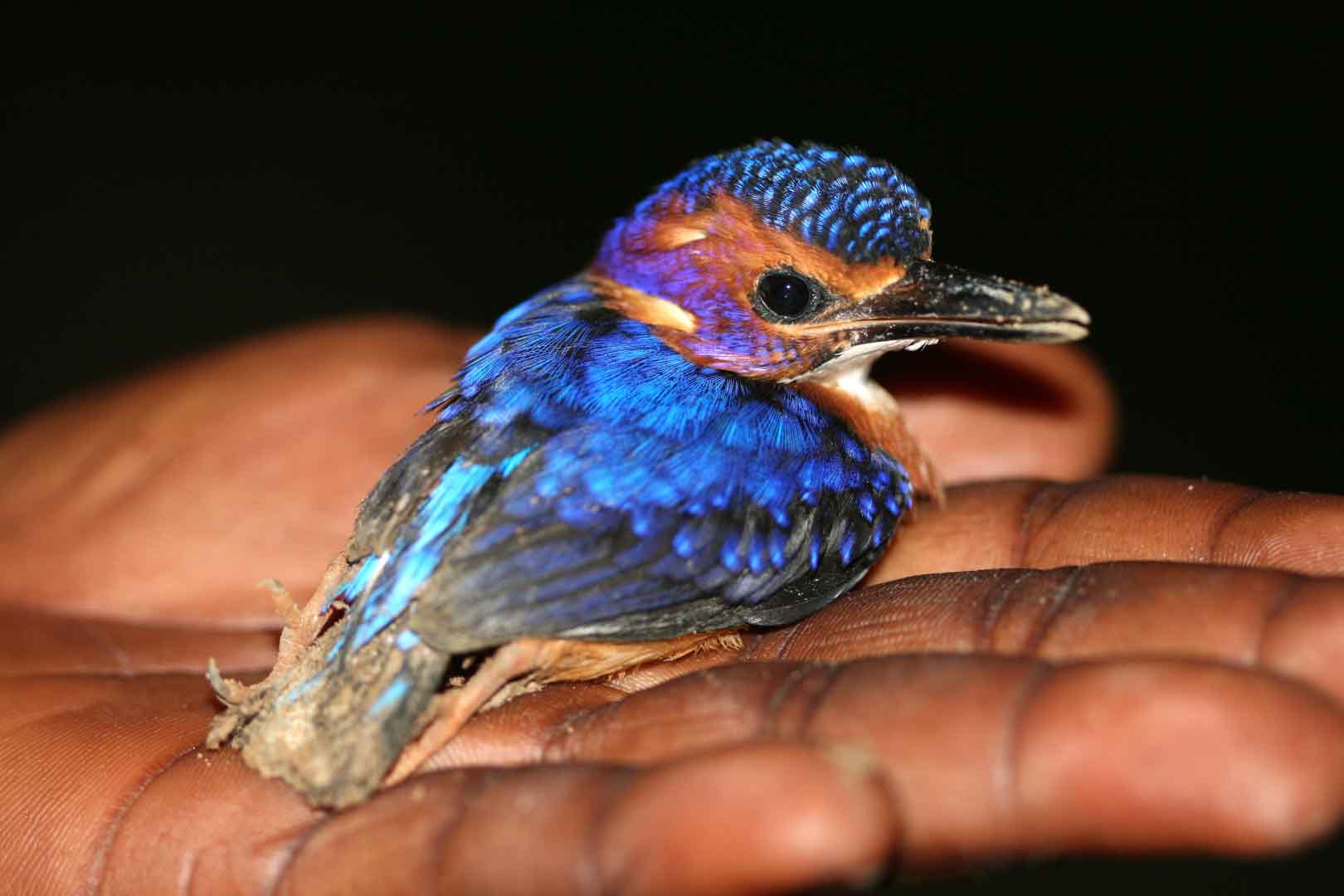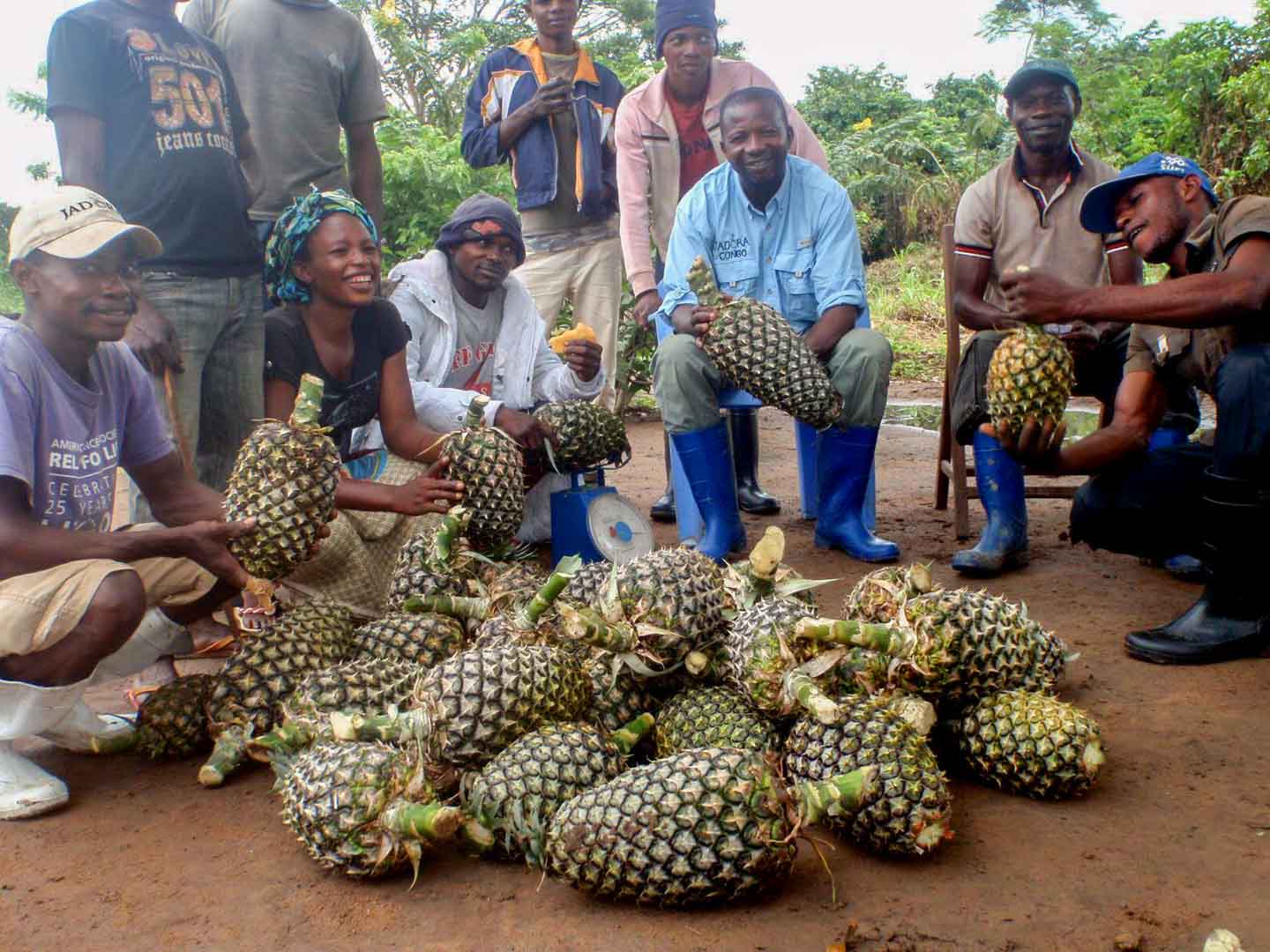Protecting biodiversity in the Congo basin
The project protects 185,000 hectares of forest in the middle of the Congo Basin from illegal logging and thus an important carbon sink. Local communities and the enormous diversity of animal and plant species benefit from the protection of their habitat in the world's second largest rainforest. Without the project's protection status, illegal deforestation would take place here. The trade in raw materials from the forest areas often earns only big corporates, natural resources are destroyed and local people live in poverty. The project creates alternative income opportunities for them and prevents them from joining the trade in tropical timber.
In Isangi, the project creates new training opportunities and jobs for monitoring the forest areas. There are health programmes and farmers are learning more efficient, environmentally friendly cultivation methods. Thanks to a new bridge and road, they now also have better access to markets outside the project area.

Forests are not only among the planet's most important carbon reservoirs. They also are home to an enormous diversity of species and are the livelihood for all people. However, global forest areas have declined sharply in recent decades due to increasing settlement, agricultural use, illegal logging and mining.
Forest protection projects ensure that forests are preserved in the long term and that the protection of forests is given a higher value than their deforestation. Together with the local population, project participants protect the area from negative influences. To allow for this the projects create alternative sources of income and educational opportunities. Depending on the project region, forests store varying amounts of carbon per hectare. Particularly high amounts of carbon are stored in the vegetation and soil of tropical swamp forests, primary rainforests, or mangroves. Forest protection projects in the ClimatePartner portfolio are registered with international standards.
Explore our projects
Biochar for Climate Action, Healthy Soils, and Better Harvests
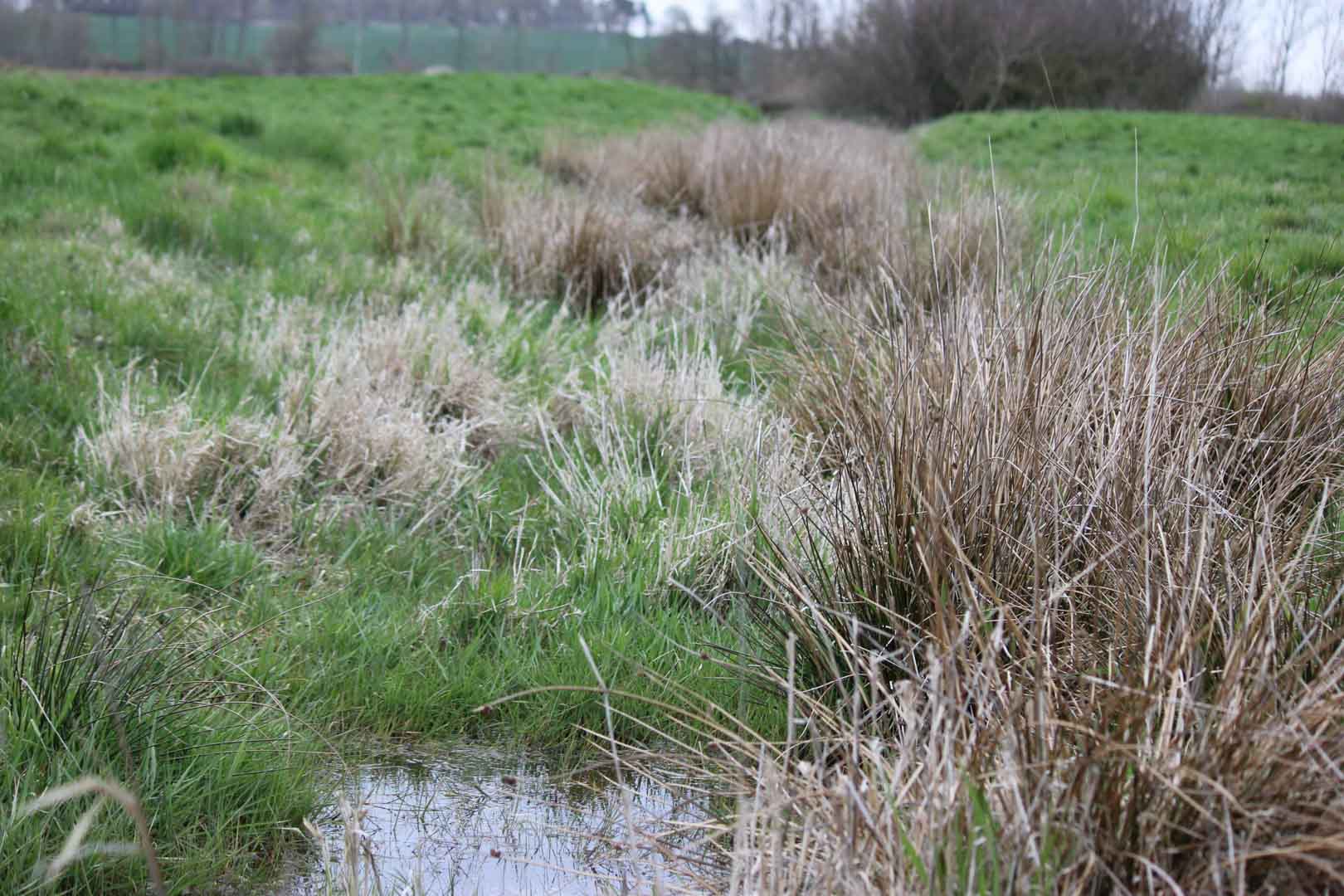
A certified climate project combined with additional commitment

Expansion of renewable energy generation in Asia
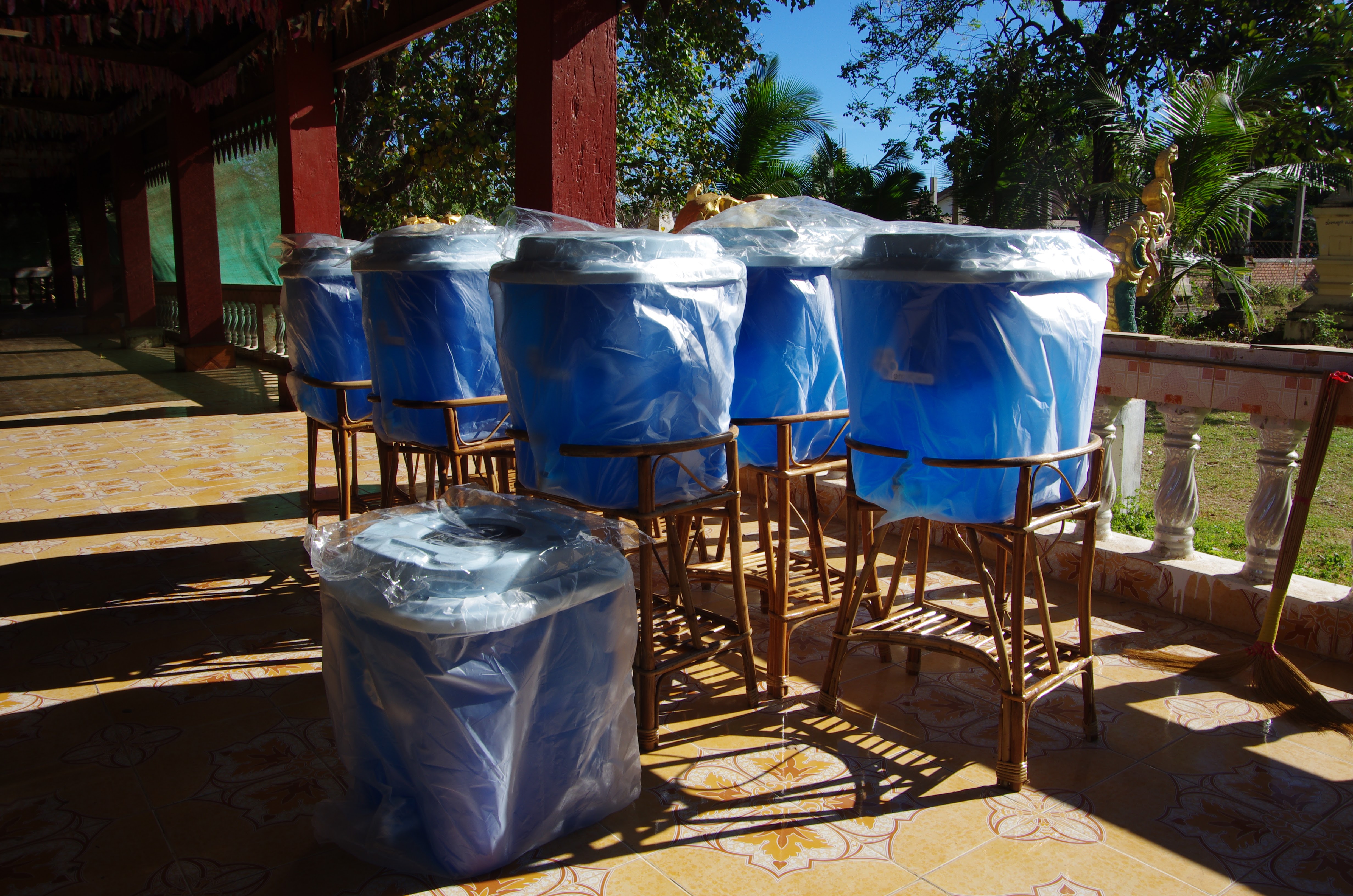
Ceramic water filters save CO2 and improve health

Improved cookstoves worldwide – for better health and cleaner air

A certified climate project combined with additional commitment
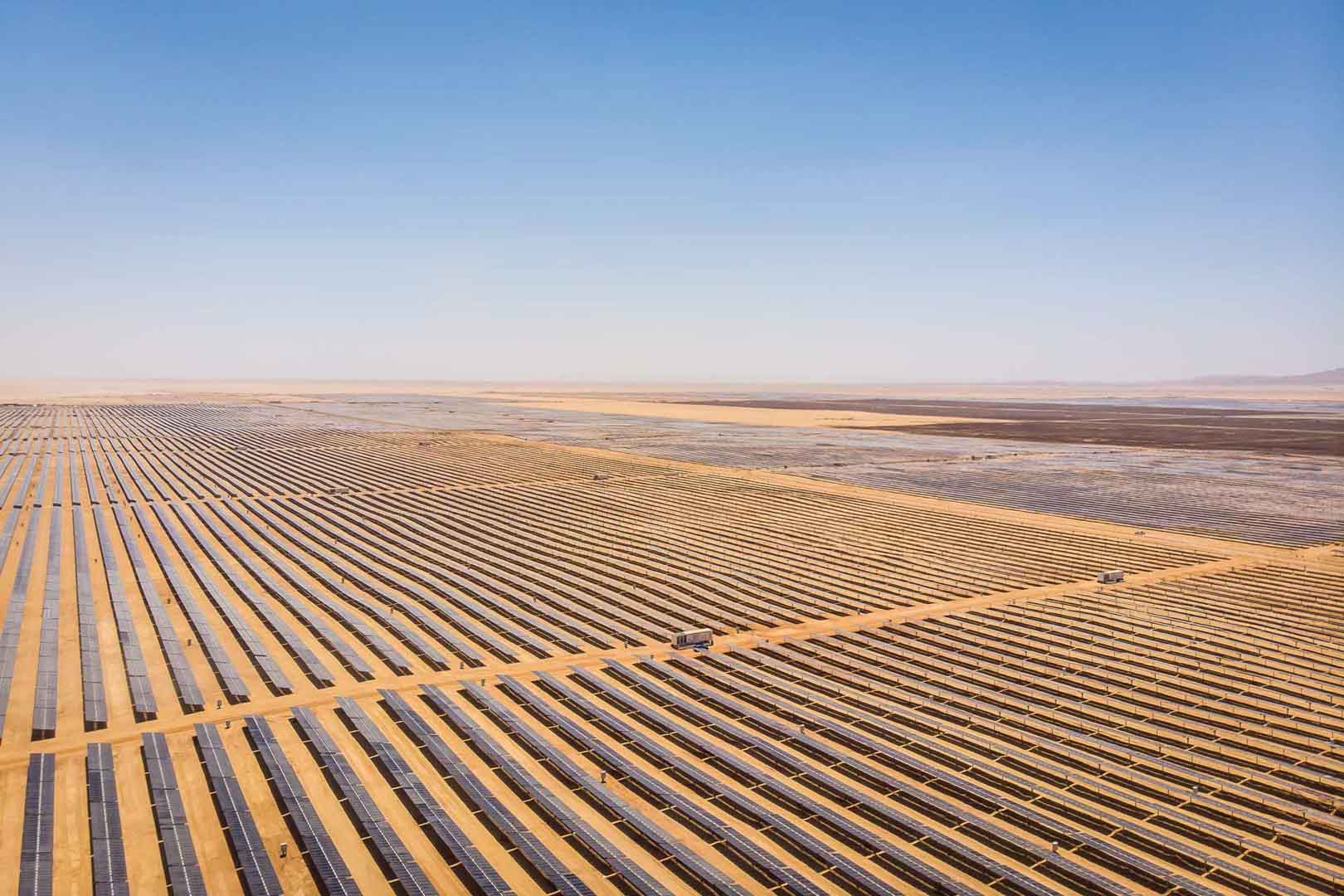
Powering access to renewable energy in Africa

A certified climate project combined with additional commitment

Restored ecosystems remove carbon
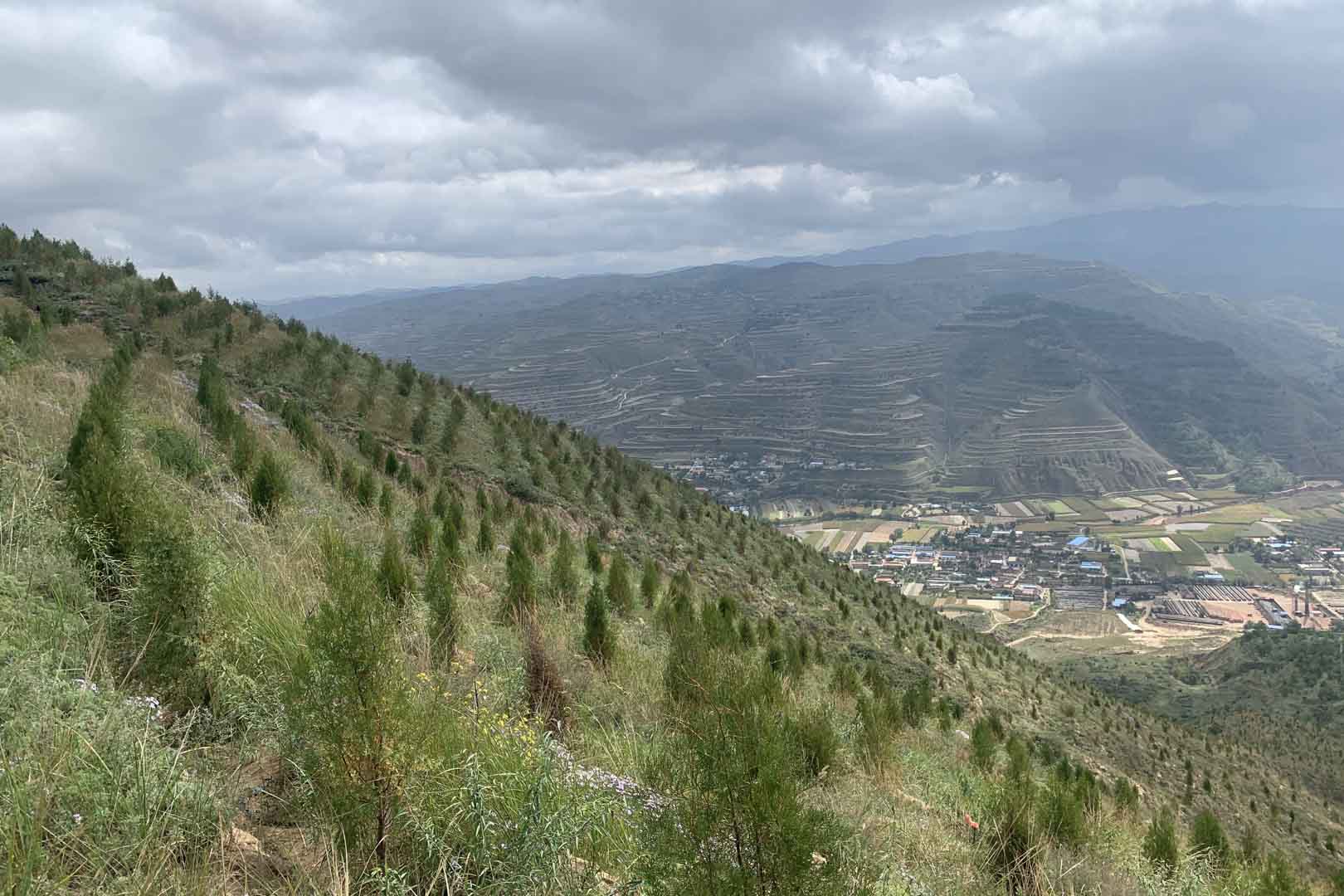
Turning degraded farmlands into healthy ecosystems

Improved cookstoves - better for health and the environment



